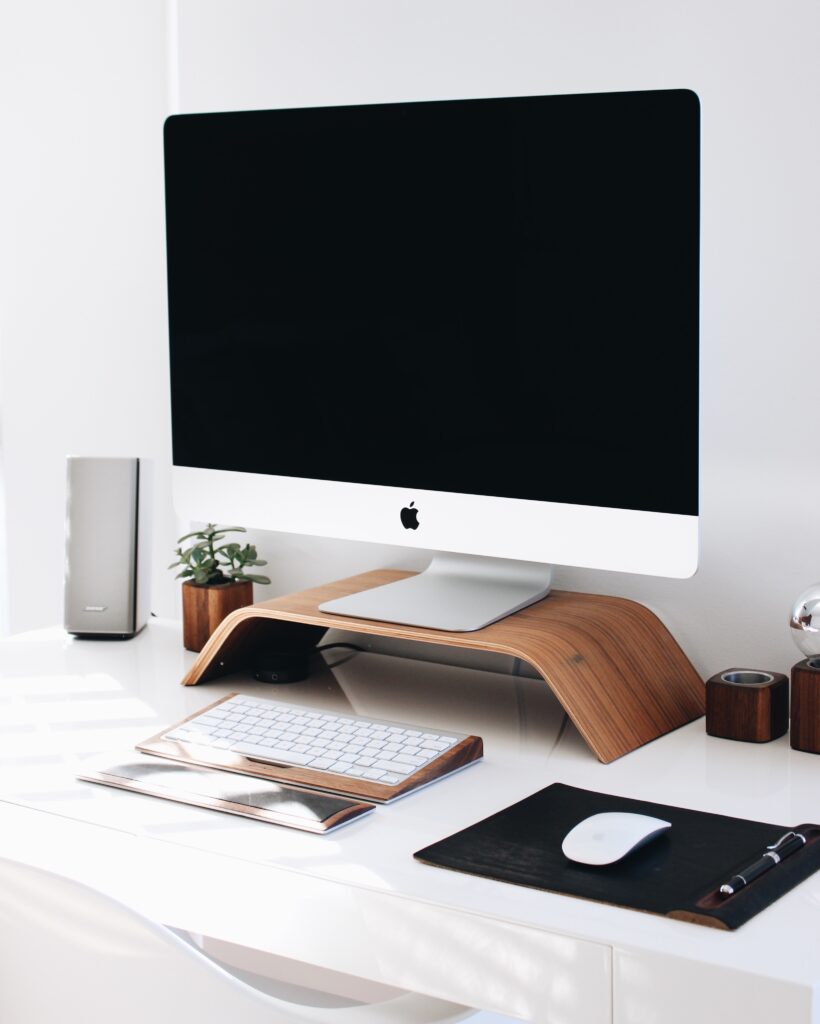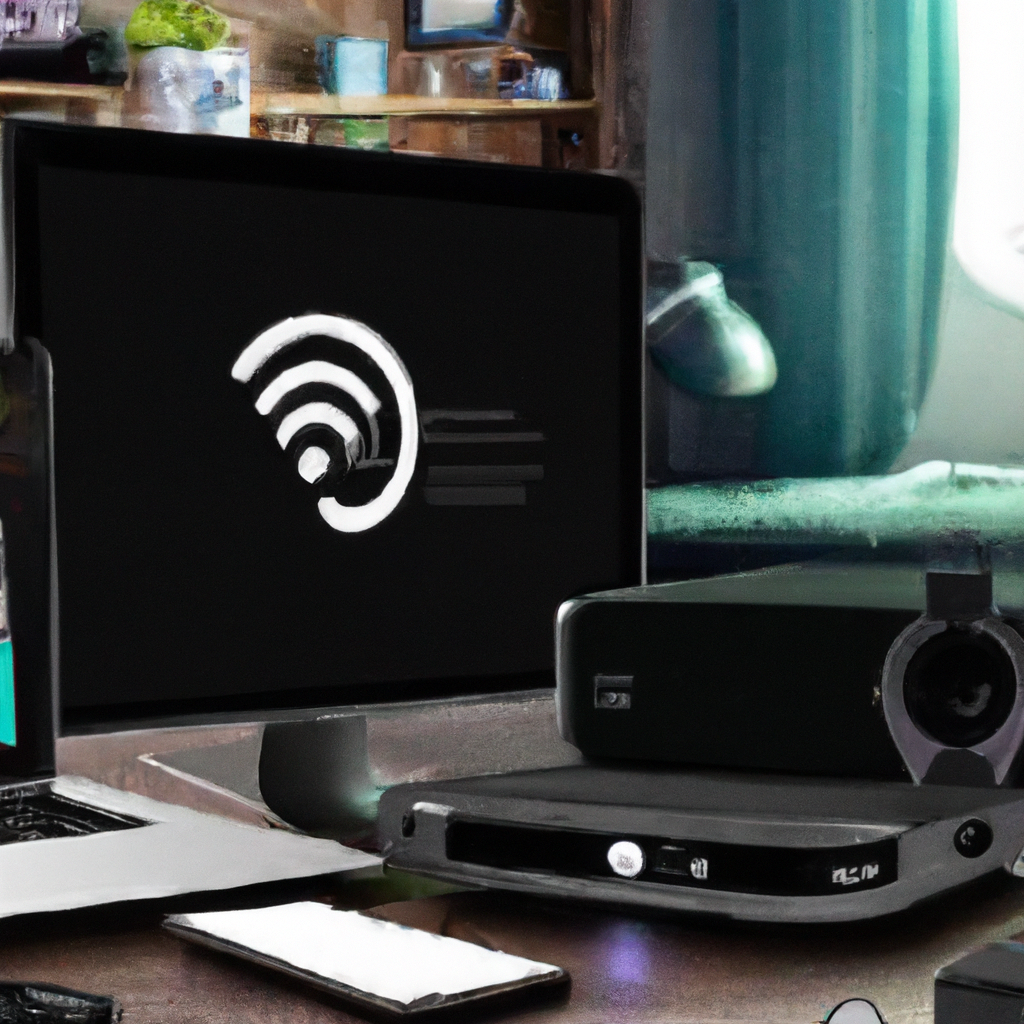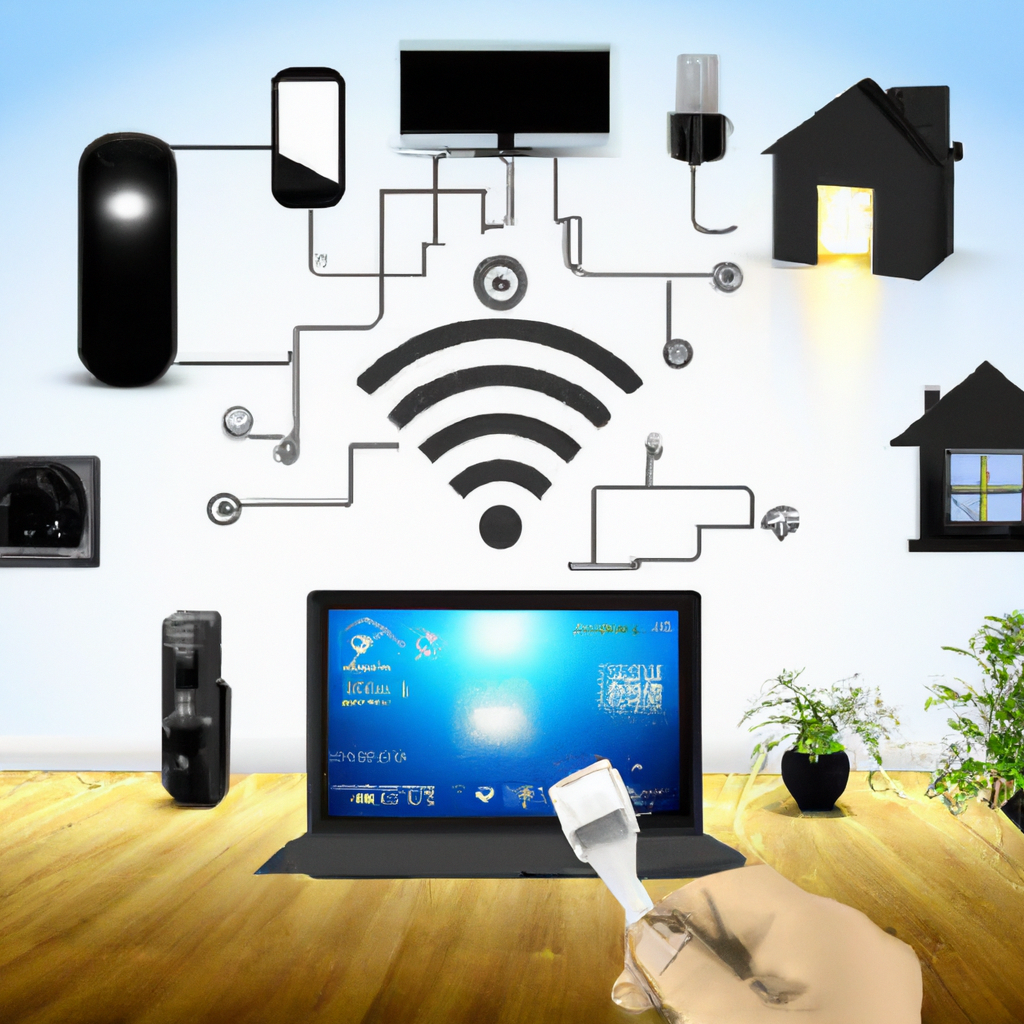Imagine coming home to a living room that is not only beautifully decorated, but also completely tailored to your every need. With a personalized smart home dashboard, you can transform your living room into the ultimate hub of convenience and comfort. From controlling your lights and temperature to managing your entertainment system, this article will guide you through the steps needed to create a personalized smart home dashboard that will make your living room truly smart and uniquely yours. So sit back, relax, and get ready to embark on an exciting journey towards a more intelligent and personalized living space.

Choosing the Right Smart Home Devices
Research Different Smart Home Devices
When it comes to creating a personalized smart home dashboard for your living room, it all starts with choosing the right smart home devices. With the wide variety of options available in the market today, conducting thorough research is essential. Take the time to explore different brands, read reviews, and understand the features and functionalities offered by each device.
Consider Your Needs and Budget
Before diving into the world of smart home devices, it’s crucial to consider your needs and budget. Evaluate what aspects of your home you want to automate and what tasks you want to simplify. This will help you prioritize which devices to invest in. Additionally, set a budget to ensure that you make smart choices based on what you can afford.
Check Compatibility with Your Existing Devices
Another important factor to consider when choosing smart home devices is compatibility with your existing devices. You wouldn’t want to invest in devices that are incompatible or require extensive modifications. Make a list of your existing devices and find smart home devices that can seamlessly integrate with them. This will ensure a smoother transition and maximize the functionality of your smart home ecosystem.
Setting Up a Central Hub
Selecting a Central Hub
To create a well-connected smart home dashboard, it is crucial to have a central hub that serves as the control center for all your devices. When selecting a central hub, consider factors such as compatibility with your chosen devices, ease of use, and the range of communication protocols it supports. Some popular central hubs include smart speakers like Amazon Echo or Google Nest.
Connecting Devices to the Hub
Once you have chosen your central hub, it’s time to connect your devices to it. Most smart home devices have straightforward setup processes, often involving a dedicated mobile app. Follow the manufacturer’s instructions to connect each device to your central hub. By doing so, you can control and manage all your devices from a single interface.
Configuring the Hub Settings
After connecting your devices, take some time to configure the settings of your central hub. This includes personalizing the name of each device, setting up automation routines, and customizing preferences. By configuring the hub settings, you can tailor the smart home experience to your specific needs and preferences.

Designing the Dashboard Layout
Decide on the Functionality and Features
Designing the dashboard layout is an exciting step that allows you to create a user-friendly interface tailored to your needs. First, decide on the functionality and features you want to have on your dashboard. Common features include device control, room temperature monitoring, security camera feeds, and energy usage tracking. Consider your lifestyle and prioritize the features that will enhance your daily routine.
Consider the Aesthetics and Placement
In addition to functionality, aesthetics play a crucial role in the design of your dashboard layout. Consider the overall interior design of your living room and choose a layout that complements it. You can select from pre-designed dashboards or customize your own design. Pay attention to color schemes, fonts, and icon styles to create a visually pleasing and cohesive dashboard.
Placement of the dashboard is equally important. Choose a prominent location, such as a tablet mounted on a wall or a smart display on a side table, where it is easily accessible and visible to everyone in the living room.
Create a User-Friendly Interface
To ensure ease of use, it is essential to create a user-friendly interface for your dashboard. Organize the layout in a logical manner, grouping related devices and features together. Use intuitive icons and labels to make navigation and control effortless. Additionally, consider the size and placement of buttons and controls to facilitate smooth interaction, even for those with limited mobility.
Customizing Widgets and Icons
Choosing the Right Widgets
Customizing widgets is a great way to have quick access to the information you need most. Start by choosing the right widgets for your dashboard. Widgets can include weather updates, calendar events, news headlines, or even a live camera feed. Consider the information that would be most relevant and useful for you and your household members.
Configuring Widgets for Desired Information
Once you have selected the widgets, configure them to display the desired information. For example, if you want to see the weather forecast, input your location and preferences to ensure accurate and up-to-date information. Take this opportunity to personalize the dashboard to your specific needs, so it becomes a valuable tool in your daily life.
Arranging Icons for Quick Access
In addition to widgets, icons are another important element to consider when customizing your smart home dashboard. Icons allow you to have quick access to specific device controls or functions. Arrange icons in a way that aligns with your habits and preferences. For instance, if you frequently adjust the lighting, consider placing the lighting control icon in a prominent position for easy access.

Adding Voice Control and Automation
Integrating Voice Assistant Services
Adding voice control to your smart home dashboard allows for convenient and hands-free interaction with your devices. Integrating voice assistant services, such as Amazon Alexa or Google Assistant, opens up a whole new level of control. With just a simple voice command, you can adjust the lighting, play music, or even ask for the latest news updates.
Setting Up Voice Commands
To make the most out of voice control, set up voice commands that align with your needs. Take the time to train your voice assistant to recognize your voice accurately. Customize commands to be easy to remember and use natural language that feels comfortable to you. This will make the interaction with your smart home devices seamless and effortless.
Automating Home Activities
Automation is a key feature of a personalized smart home dashboard. Leverage the capabilities of your central hub and compatible devices to automate home activities. For example, you can create routines that turn off all lights, lock doors, and adjust the thermostat when you say “Goodnight”. Automation allows you to streamline your daily tasks and create a more efficient and comfortable living environment.
Monitoring and Controlling Devices
Monitoring Device Status and Notifications
One of the many advantages of a smart home dashboard is the ability to monitor device status and receive notifications in real-time. Keep an eye on the status of your devices to ensure they are functioning properly. Set up notifications to alert you in case of any issues, such as a malfunctioning sensor or low battery. Monitoring device status and notifications allows you to take prompt action and maintain the smooth operation of your smart home ecosystem.
Controlling Devices Remotely
With a personalized smart home dashboard, you have the power to control your devices remotely. Whether you’re at work or on vacation, you can access your dashboard through a mobile app or a web interface. Turn on the lights, adjust the temperature, or check the security camera feeds from anywhere in the world. Remote control adds convenience, enhances security, and gives you peace of mind.
Creating Scene or Routine Presets
To make controlling your devices even more convenient, create scene or routine presets in your smart home dashboard. Scenes allow you to activate multiple devices with a single command. For example, you can create a “Movie Night” scene that dims the lights, lowers the blinds, and turns on the TV and soundbar in one go. Customizing presets simplifies daily routines and enhances the overall smart home experience.

Integrating Third-Party Applications
Research Compatible Third-Party Apps
If you want to expand the capabilities of your smart home dashboard, consider integrating third-party applications. Research and explore compatible apps that can enhance the functionality of your devices. Whether it’s a weather app, a music streaming service, or a home security system, third-party apps can provide additional features and options for customization.
Connecting Apps to the Dashboard
Once you have identified the third-party apps you want to integrate, connect them to your smart home dashboard. Most apps have specific instructions or plugins to facilitate the integration process. Follow the steps provided by the app developers to ensure a seamless connection. By connecting apps to your dashboard, you can have all the information and control you need in one centralized location.
Utilizing App Features within the Dashboard
After connecting the apps, take the time to explore and utilize the features they offer within your smart home dashboard. This may include displaying the current song playing on your music streaming app or getting live weather updates directly on your dashboard. By integrating apps, you can have a more holistic and comprehensive view of your home and the outside world.
Ensuring Privacy and Security
Implementing Strong Passwords
Maintaining privacy and security is of utmost importance when it comes to your smart home ecosystem. Start by implementing strong passwords for your central hub, mobile apps, and any other devices connected to your dashboard. Use a combination of letters, numbers, and symbols and avoid using easily guessable information like your birthdate or address. Regularly update passwords to minimize the risk of unauthorized access.
Enabling Two-Factor Authentication
Two-factor authentication adds an extra layer of security to your smart home dashboard. Enable this feature wherever possible to protect your account. Two-factor authentication typically requires you to provide a second form of verification, such as a fingerprint scan or a verification code sent to your mobile device. This significantly reduces the chances of unauthorized access to your dashboard.
Regularly Updating Firmware and Software
Another crucial aspect of ensuring privacy and security is to regularly update the firmware and software of your devices. Manufacturers often release updates to patch security vulnerabilities and improve overall performance. Stay on top of these updates by checking for firmware and software updates regularly. Set up automatic updates whenever possible to ensure that your devices are always running on the latest, most secure versions.

Troubleshooting and Support
Identifying and Diagnosing Issues
Even with the most well-designed smart home dashboard, issues may arise from time to time. In such cases, it is important to be able to identify and diagnose the issues. Take the time to understand the basics of troubleshooting common problems. Isolate the problematic device, check for any error messages, and consult the manufacturer’s documentation or online resources for possible solutions.
Contacting Customer Support
If troubleshooting doesn’t resolve the issue, don’t hesitate to reach out to customer support. Most manufacturers provide customer support services to assist with any technical difficulties you may encounter. Whether it’s through phone support, live chat, or email, customer support can guide you through the problem-solving process and help you get your smart home ecosystem back on track.
Exploring Online Resources and Communities
In addition to customer support, take advantage of online resources and communities dedicated to smart home enthusiasts. Online forums, social media groups, and blogs often provide valuable insights, tips, and solutions for common issues. Engaging with these communities can not only help you troubleshoot problems but also allow you to discover new ways to optimize your smart home dashboard.
Expanding Your Smart Home Ecosystem
Exploring Additional Smart Home Devices
Once you have successfully created a personalized smart home dashboard for your living room, you may want to consider expanding your smart home ecosystem to other areas of your home. Explore additional smart home devices that can further enhance your daily life. Whether it’s smart lighting throughout your house, smart locks for enhanced security, or smart appliances for added convenience, the possibilities are endless.
Integrating Smart TV and Entertainment Systems
Integrating your smart home dashboard with your smart TV and entertainment systems can take your living room experience to the next level. Connect your TV, gaming console, and audio systems to your dashboard for a seamless entertainment experience. Control your TV settings, browse streaming services, and even adjust the room ambiance with just a few taps on your dashboard.
Linking Home Security and Surveillance
Linking your home security and surveillance systems with your smart home dashboard provides peace of mind and added security. Connect your security cameras, door/window sensors, and alarm systems to your dashboard. This allows you to monitor your home’s security status, receive instant alerts in case of any disturbances, and even remotely view the camera feeds for real-time monitoring.
Creating a personalized smart home dashboard for your living room is an exciting journey that brings convenience, comfort, and control to your fingertips. By following the steps outlined above and carefully selecting the right devices, setting up a central hub, designing the layout, customizing widgets, adding voice control and automation, and ensuring privacy and security, you can create a smart home ecosystem that is tailored to your unique needs and preferences. So get started today and embrace the future of living in a connected and intelligent home.
